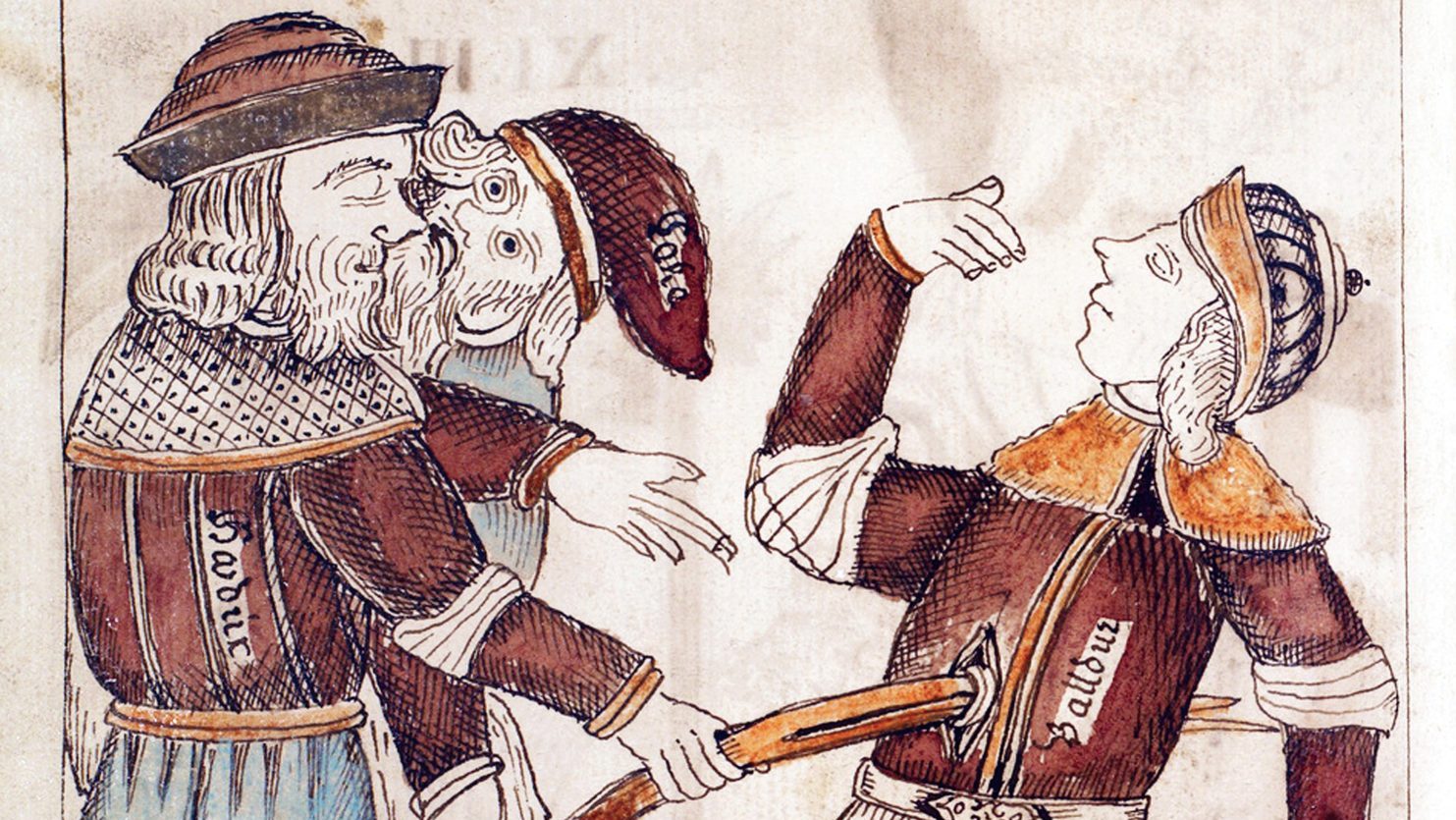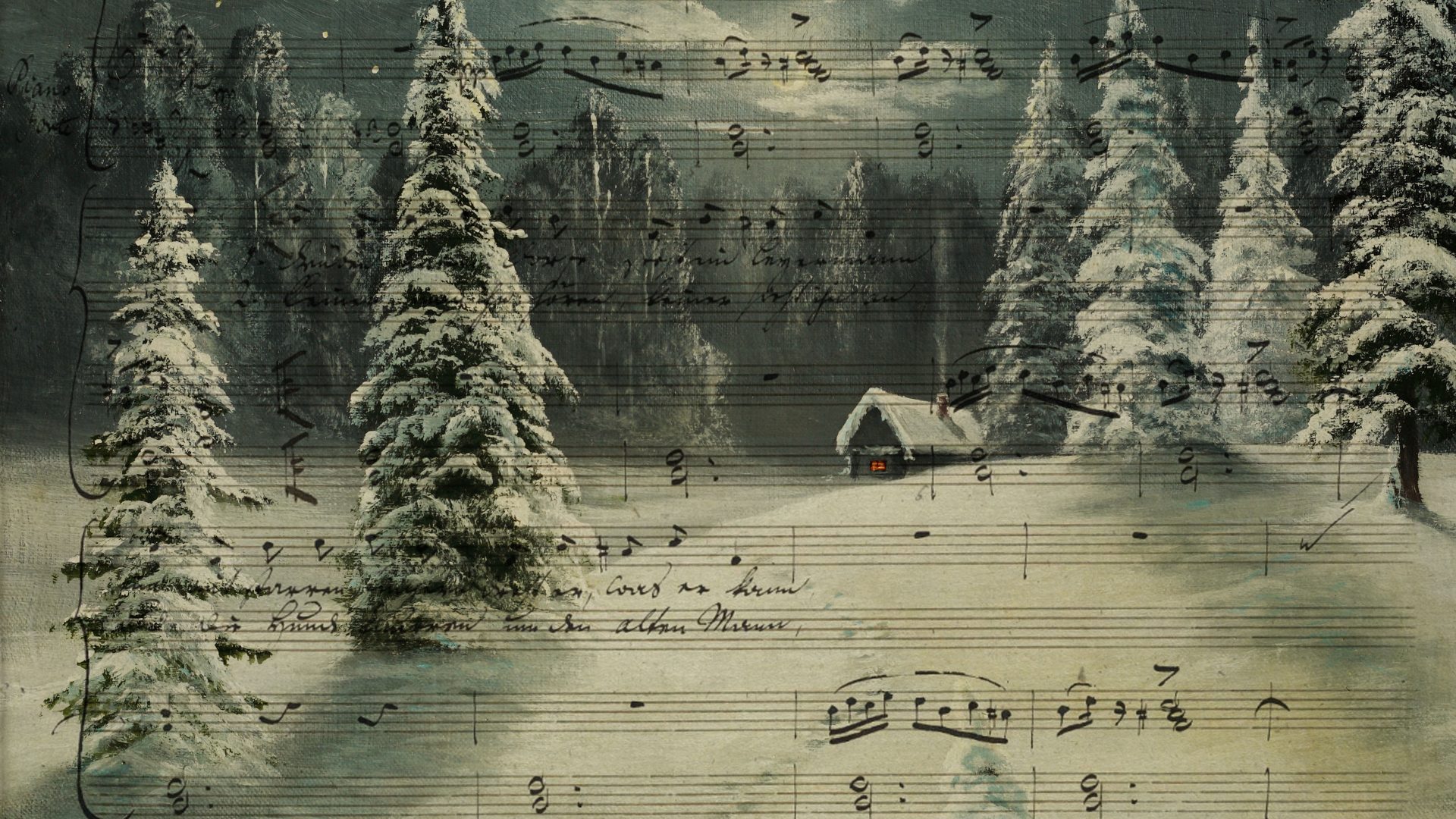In Reykjavík at this time of year the sun doesn’t rise until after 10.30am and has sunk again before 4 o’clock in the afternoon. By the winter solstice next month, the Icelandic capital will be dark for 20 hours every day.
That’s a lot of dark, and it makes for a very long winter. How do Icelanders
spend those long hours between the sun’s brief appearances? Reading, it
seems. And if not reading, then writing.
For a country with a population roughly equivalent to that of Coventry,
Iceland has a truly astounding literary culture. Ninety per cent of adult
Icelanders read at least one book a year purely for pleasure and half of
those read eight or more. Last year almost 1,700 new titles were published
in the country, of which half were works of fiction.
As you read this, across Iceland people are poring over a telephone directory-sized catalogue called Bókatíðindi, “Book Tidings”, delivered to every household and containing details of every book published in the
country this year. The arrival of Bókatíðindi is in effect the dropping of the flag on the Icelandic Christmas, its pages a ready source of gift ideas. Seven out of 10 Icelanders will give a book this Christmas, and so many are purchased in November and December the period is known as the Jólabókaflóð, the Christmas book flood.
It’s not just about reading, either. Cock an ear to the Icelandic breeze this winter and you’re likely to hear the faint scratching of pen on paper and clatter of fingertips on keyboard. This is a nation of writers like no other
– one in 10 Icelanders can expect to publish a book during their lifetime.
“Að ganga með bók í maganum,” as the local saying goes: everyone gives
birth to a book.
The reasons for Iceland’s remarkable literary culture are various. Certainly those long dark winters helped to establish a singular storytelling tradition, most famously in the Icelandic sagas. These epic tales have proved an enduring influence on literature way beyond the wave-lashed coasts of Iceland. JRR Tolkien drew on them heavily for his Lord of the Rings series, WH Auden was inspired to tour the country and Seamus Heaney cited the sagas’ transcendental qualities, calling them “a testimony to the human spirit’s ability not only to endure what fate may send it but to be renewed by the experience”.
Crucially these stories were all written down, with literacy a key aspect of Icelandic nationhood. The country boasts a literacy rate of almost 100%, and according to Sigurður Nordahl, an Icelandic academic writing in the 1960s, the roots of that bookish national character lie in its unique geology and demography.
With so little of the land suitable for growing crops, not to mention a short
growing season at such high latitudes, in medieval times and beyond cattle
were a mainstay of Icelandic agriculture. Breeding in numbers far exceeding the dietary requirements of a small population meant there were plenty of hides available to make vellum, and from vellum one made books.
If that sounds a little far-fetched, there are more compelling reasons for
the modern explosion in Icelandic literature. In the early 1930s, Iceland
introduced some stiflingly constrictive import regulations, imposing
whopping tariffs and even banning some items outright (beer was
proscribed until as recently as 1989). Consumer goods became prohibitively
expensive, so when it came to giftgiving, locals turned to their bookshops and the Jólabókaflóð was born.
Economic necessity wasn’t the only driver. The Icelandic storytelling tradition has inspired tangible government support for authors and
publishers through grants and funding, helping to preserve literature as a cornerstone of Icelandic society. Book sales even held up during the calamitous economic crash of 2008 and have increased steadily ever since.
Indeed, in 2011, just three years after the crash, Reykjavík was designated a
Unesco city of literature. The honour is placed alongside Iceland’s most
celebrated writer HalldÓr Laxness’s 1955 Nobel prize for literature as an
enduring source of Icelandic pride.
A paucity of translation meant that, Laxness aside, Icelandic literature always remained largely in the Icelandic language, “a tiny tongue that both matters immensely and not at all”, as the poet and novelist Thora Hjörleifsdóttir put it. When the translator Bernard Scudder, who produced high-quality English versions of everything from medieval poetry to the crime novels of Arnaldur Indriðason, died in 2007, there was even genuine concern for Icelandic literature’s continued presence on the world stage.
Fortunately, English language publishers have continued to broadcast Iceland’s finest authors to the world. The prolific Indriðason alone has sold more than 12m books worldwide, while Sjón, the pen name of Sigurjón Birgir Sigurðsson, continues to produce deliciously quirky and ambitious literary fiction.
A former songwriting collaborator with Björk when she fronted The Sugarcubes, Sjón has written 14 novels, 13 volumes of poetry, three plays, five librettos and four screenplays including the current Netflix hit The Northman, not to mention being nominated for an Academy Award. His fiction in particular is experimental without being pretentious, darkly comic, deeply original and rooted firmly in Iceland. His 2013 novel Moonstone, for example, takes in the 1918 Katla volcano eruption, the Spanish flu pandemic and Iceland’s sovereignty referendum of the same year.
Any of Sjón’s novels would suit a Jólabókaflóð of your own this Christmas, but to gain a sense of the Icelandic winter and its unique atmosphere, the new novel from Auður Ava Ólafsdóttir should definitely be on your list.
Like many Icelandic authors Ólafsdóttir is a prolific polymath, writing poetry, plays and song lyrics as well as being one of the country’s leading art historians. The excellent UK-based Pushkin Press have published three of her novels in English and the fourth, Animal Life, published in Iceland in 2020 as Dýralíf, is her best yet.
Described by Sjón as “the heart’s finest map maker”, Ólafsdóttir specialises in outsiders, people who are at once part of, yet separate from, society. In Miss Iceland there was Hekla, dreaming of becoming a writer but trapped by the mores of conservative 1960s Iceland, while in Hotel Silence, melancholic Jónas decides to leave the country altogether in search of a meaning in life.
In Animal Life Dómhildur is a solitary Reykjavík midwife who has delivered nearly 2,000 babies and volunteers every year to work the Christmas shifts because she is single. She lives alone in a flat left to her by her great aunt, a home she has not changed at all since moving in. An air of tragedy lingers over Dómhildur, as if she’s content living just as her great aunt did, reluctant to leave any trace in the world beyond the babies she brings into it.
“I receive the baby when it is born, raise it up from the ground and present it to the world,” she says at the start of the book. “I’m the mother of light. I’m the most beautiful word in our language – ljósmóðir.”
That word for midwife does indeed translate as “mother of light”, setting us up for a wonderfully immersive exploration of the world’s light and dark, metaphorical and physical, in a beautiful meditation on mortality, life and the fragility of the Earth.
If there is to be redemption for Dómhildur you sense it will be found in the book manuscripts written by her great-aunt that she discovers in the flat. Ostensibly histories of Icelandic midwifery, the books turn out to be quirkily profound philosophical treatises.
Dómhildur reads transcriptions of interviews with long-dead elderly midwives in the rural north of the country, stories of hours spent trudging through darkness and blizzards, “feeling their way with their fingertips, with no way of knowing what lurked inside the darkness, nor where its perimeters lay, all kinds of sounds – not just the howling of the wind – inhabiting it, sounds they wanted to talk about as little as possible or preferably not at all; the darkness harbours stories, the darkness harbours the imagination and black is black is black”.
Darkness hangs heavily over Animal Life, not least in the foreboding of an approaching storm of epic proportions due on Christmas Day, but this is above all a love letter to the planet, its people, and the hopeful longevity of
both, an appreciation of the fragility of life and a sense that darkness is
temporary, that the light always returns.
“It is said that humans never recover from being born,” writes her great
aunt, “that the most challenging experience in life is coming into the
world and that the most difficult thing is getting used to the light.”
If, as the manuscript suggests, “the darkness harbours stories, the
darkness harbours the imagination”, then thank goodness for the Icelandic
winters that inspire fiction as good as this. Animal Life is a beautiful and
profound book worthy of any Jólabókaflóð.
Animal Life by Auður Ava Ólafsdóttir, translated by Brian FitzGibbon, is
published by Pushkin Press on December 1, price £9.99




